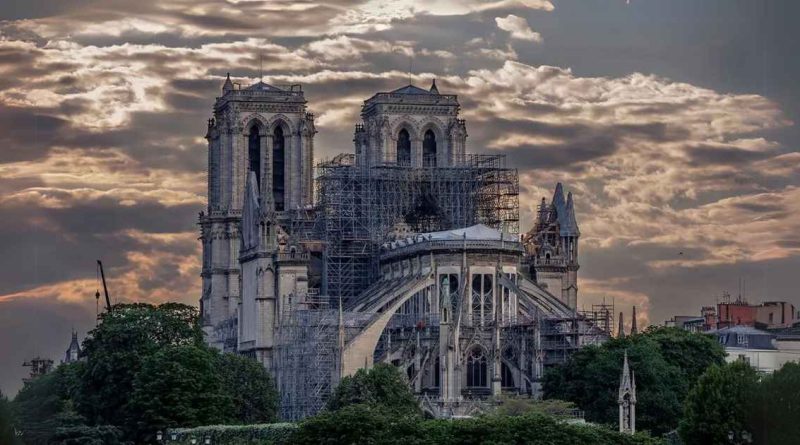10 Incredible Facts About Notre-Dame: Paris’ Iconic Gem
Nestled in the vibrant heart of Paris, the renowned Notre-Dame Cathedral stands as a beacon of architectural brilliance and the artistic fervor of its time. Merging Gothic and Romanesque elements, this cathedral has enchanted visitors from around the globe with its stunning design and rich history. Join us as we explore the cathedral’s most remarkable features and uncover the deep history that shapes Notre-Dame de Paris.
Built over two centuries, from the 12th to the 14th, with modifications in the 18th century and a significant restoration in the 19th century, Notre-Dame Cathedral epitomizes the transition from Romanesque to Gothic architecture. Its grand façade is decorated with a myriad of intricate sculptures, each depicting various biblical figures and events, showcasing the skill of the artisans involved. The entrance is graced by three elaborate portals – the Portal of the Virgin, the Portal of the Last Judgment, and the Portal of Saint-Anne – each telling its own unique story and symbolism.
Among Notre-Dame’s most remarkable architectural elements are the flying buttresses, an innovative Gothic period advancement that allowed for taller, more slender buildings. These external supports elegantly extend from the walls to the ground, distributing the weight of the massive structure and permitting the inclusion of expansive stained-glass windows. The magnificent Rose Windows, some of the finest examples of Gothic stained-glass art, bathe the cathedral’s interior in a mesmerizing kaleidoscope of colors and light.
The interior of Notre-Dame is equally magnificent, featuring a grand nave, intricate rib vaults, and towering columns that create a sense of soaring space and height. The choir and high altar, located at the heart of the cathedral, are adorned with detailed carvings and artistic masterpieces, inviting visitors to pause and reflect.
Through the centuries, Notre-Dame Cathedral has weathered the trials of time, conflict, and a devastating fire in 2019. Yet, its resilience and the ongoing restoration efforts reflect the enduring spirit of the French people and their commitment to preserving this priceless cultural treasure. As a testament to human creativity and spiritual aspiration, the extraordinary architecture of Notre-Dame de Paris will continue to captivate and inspire generations to come.
Key Takeaways
- The name ‘Notre-Dame’ means ‘Our Lady’ in French, referring to the Virgin Mary.
- Notre-Dame’s twin towers reach a height of 69 meters, which is about 226 feet.
- The roof of the cathedral was built using wood from 1,300 trees.
- The two towers of Notre-Dame are not the same size; one is larger than the other.
- Each bell in the cathedral has its own unique name.
1. Etymology of the Cathedral’s Name
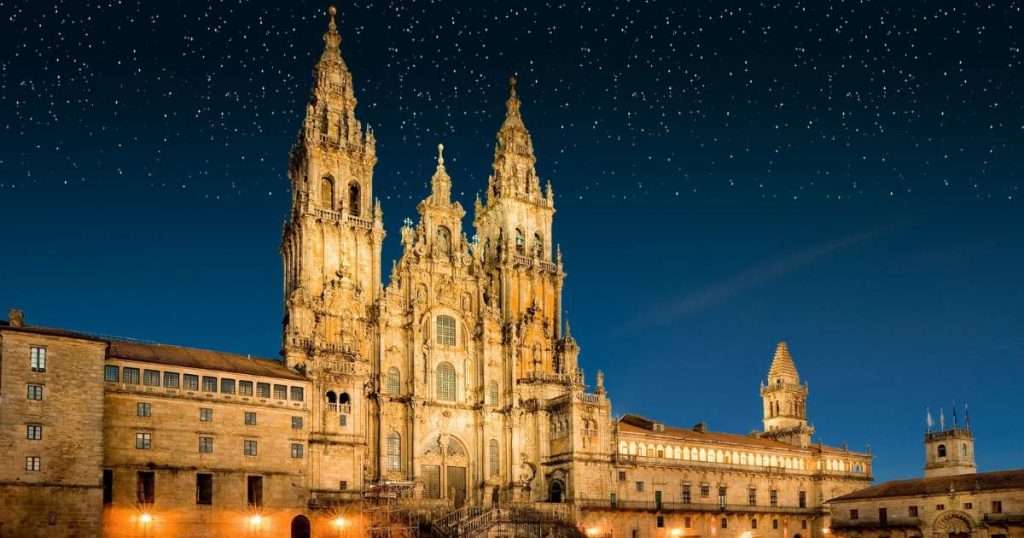
Notre-Dame Cathedral, also known simply as Notre-Dame, translates to “Our Lady” in English. This name refers to the Virgin Mary, the mother of Jesus. The title “Our Lady” is used in many churches and chapels across France, but Notre-Dame de Paris is the most famous among them.
The name highlights the cathedral’s dedication to the Virgin Mary, emphasizing her importance in the Catholic faith. This dedication is a common practice in many medieval churches, reflecting the deep reverence for Mary during that period.
2. Impressive Size of the Cathedral
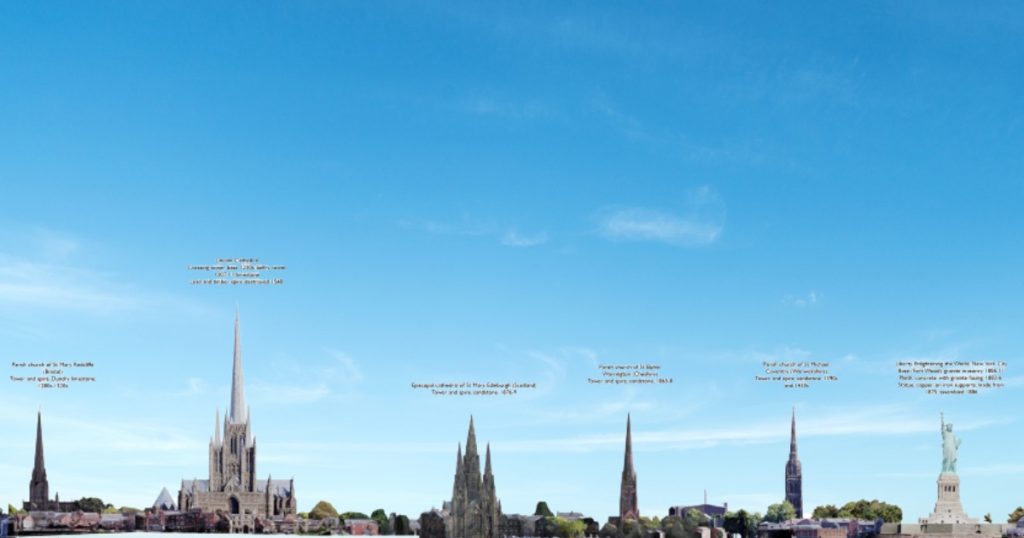
Notre-Dame Cathedral’s size is truly awe-inspiring. The twin towers soar to a height of 69 meters, which is equivalent to climbing 387 steps. The south tower houses the massive Emmanuel bell, which weighs an astonishing 13 tons.
The interior of the cathedral measures 130 meters in length and 48 meters in width (427 x 157 feet). The roof reaches a height of 35 meters (115 feet), making the structure even more imposing.
| Feature | Measurement |
|---|---|
| Twin Towers | 69 meters (387 steps) |
| Interior Length | 130 meters (427 feet) |
| Interior Width | 48 meters (157 feet) |
| Roof Height | 35 meters (115 feet) |
The western facade is crowned by two massive early-Gothic towers, adding to the cathedral’s grandeur. This part of the structure features three stories with doors adorned with fine early-Gothic carvings and rows of Old Testament kings’ figures.
3. 1,300 Trees for the Roof
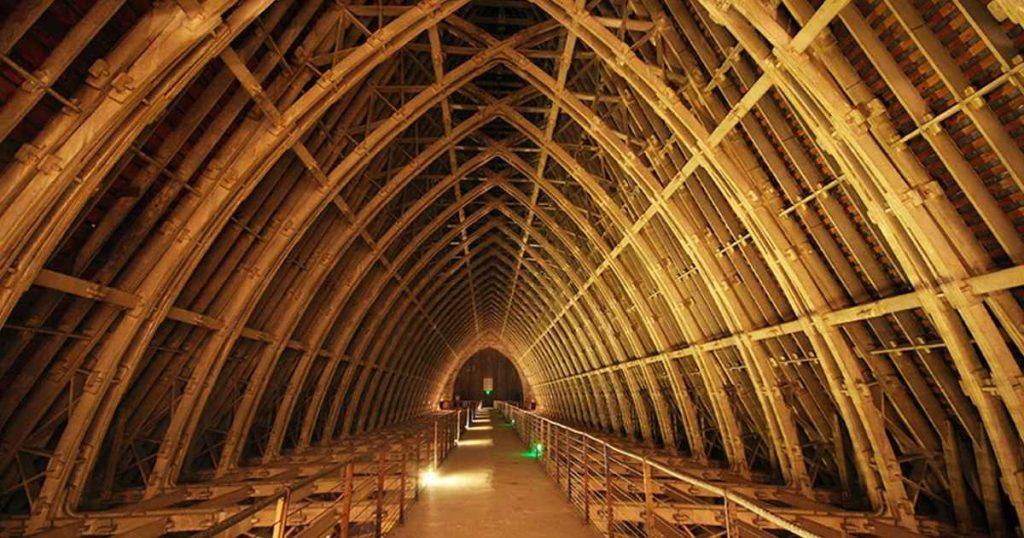
The roof of Notre-Dame Cathedral, constructed between 1160 and 1170, required a staggering 1,300 oak trees. This vast number of trees is equivalent to about 52 acres of forest. Each beam in the roof was made from a single tree, which is why the intricate wooden framework earned the nickname “the Forest.” Experts suggest that finding such tall trees in France today would be quite challenging.
The original roof used about 1,300 trees. Rebuilding it to match the original design may not be possible due to the scarcity of similar-sized trees today.
4. Unequal Tower Sizes
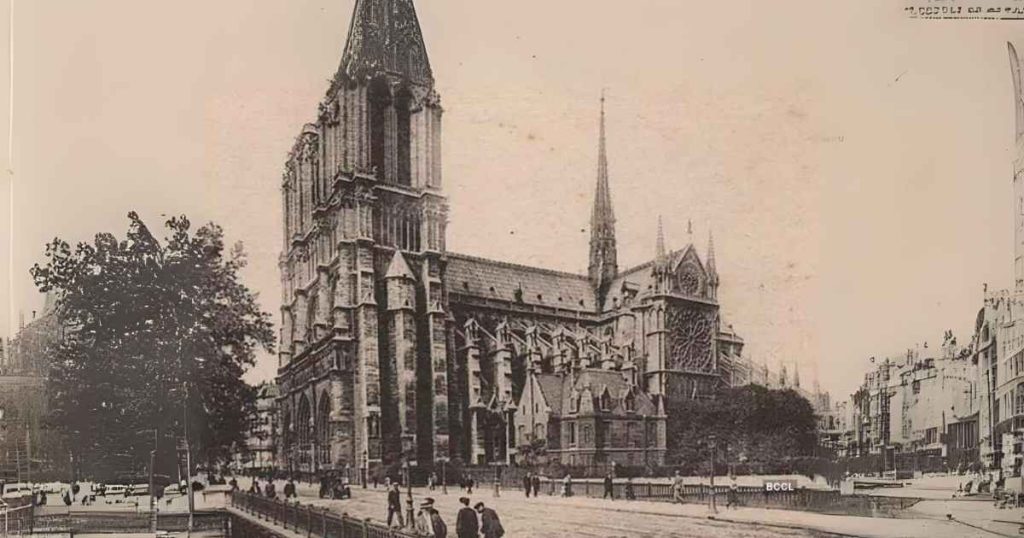
Many people think the towers of Notre-Dame Cathedral are the same size, but they are not. The north tower is slightly larger than the south tower. This difference is a result of the cathedral’s long history of construction, repairs, and changes over the centuries.
The north tower was finished first, around 1240, while the south tower was completed about ten years later. Both towers stand at 69 meters tall, but if you look closely, you can see the north tower is a bit bigger.
The towers were once the tallest structures in Paris, with 387 steps leading to stunning views of the city.
5. Specific Names of the Bells
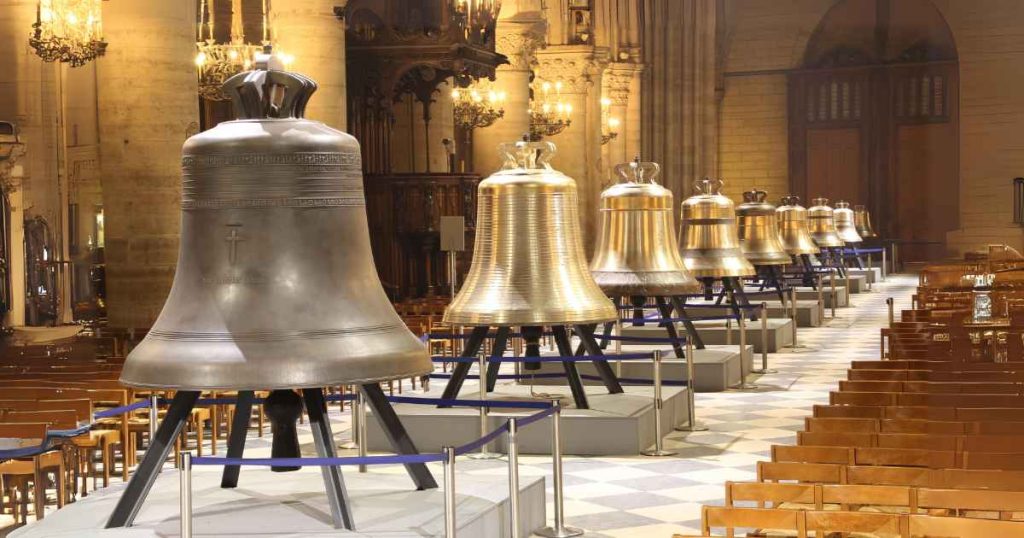
Notre-Dame Cathedral is home to ten bells, each with its own unique name. The bells are not just ordinary bells; they are named after saints, adding a layer of spiritual significance to their presence. The largest and most famous bell is Emmanuel, which weighs an astonishing 13 tons.
Here are the names of all ten bells:
- Emmanuel
- Marie
- Gabriel
- Anne Geneviève
- Denis
- Marcel
- Etienne
- Benoit-Joseph
- Maurice
- Jean-Marie
During the French Revolution, the original bells were melted down to create cannons. To honor the original bells, the new ones were given names of saints. This tradition continues to this day, making the bells of Notre-Dame some of the most famous in all of Europe.
6. Construction Time
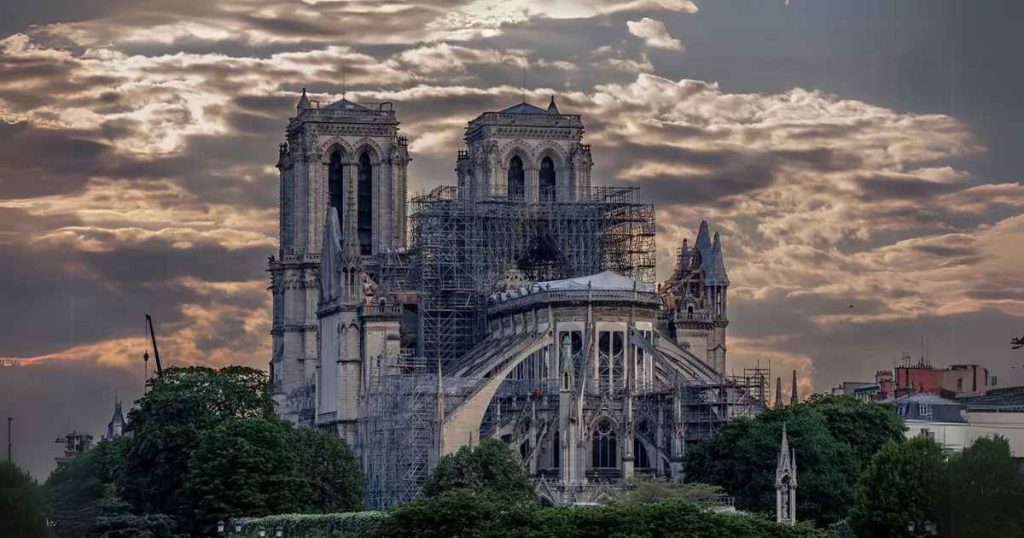
The construction of Notre-Dame Cathedral was a monumental task that spanned several centuries. The initial phase began in 1163 under the reign of King Louis VII and continued for nearly 200 years. The cathedral was largely completed by 1345, showcasing the dedication and craftsmanship of countless workers over generations.
The western facade, including the iconic twin towers, saw significant progress in the 13th century. Work on the north tower began around 1200 and took about 40 years to complete. The south tower followed, finishing around 1250. These towers, standing at 68 meters high, were among the tallest structures in Paris at the time.
The long construction period of Notre-Dame reflects the evolving architectural styles and techniques of the medieval period, making it a living testament to the history of Gothic architecture.
7. Annual Visitors
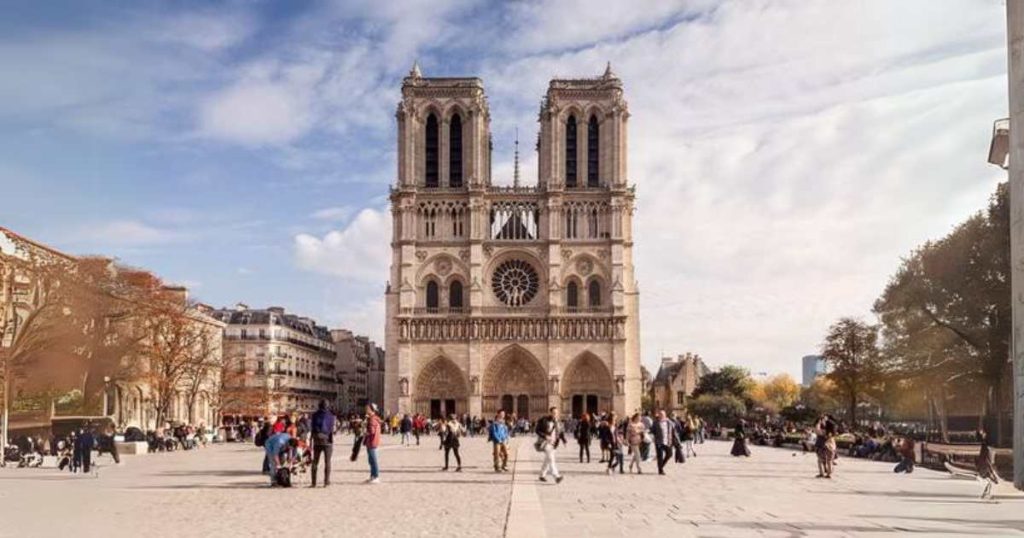
Notre-Dame Cathedral is one of the most visited landmarks in Paris. Each year, it welcomes more than 12 million visitors. This impressive number surpasses even the attendance of other famous sites like the Sacré-Cœur, which records around 10 million visitors annually.
The environment around Notre-Dame is being redesigned to better accommodate the twelve million annual visitors and pilgrims. This transformation aims to enhance the overall experience for everyone who steps through its historic doors.
The cathedral’s ability to attract such a large number of visitors each year is a testament to its enduring appeal and significance in both history and culture.
8. Surviving Relics from the 2019 Fire
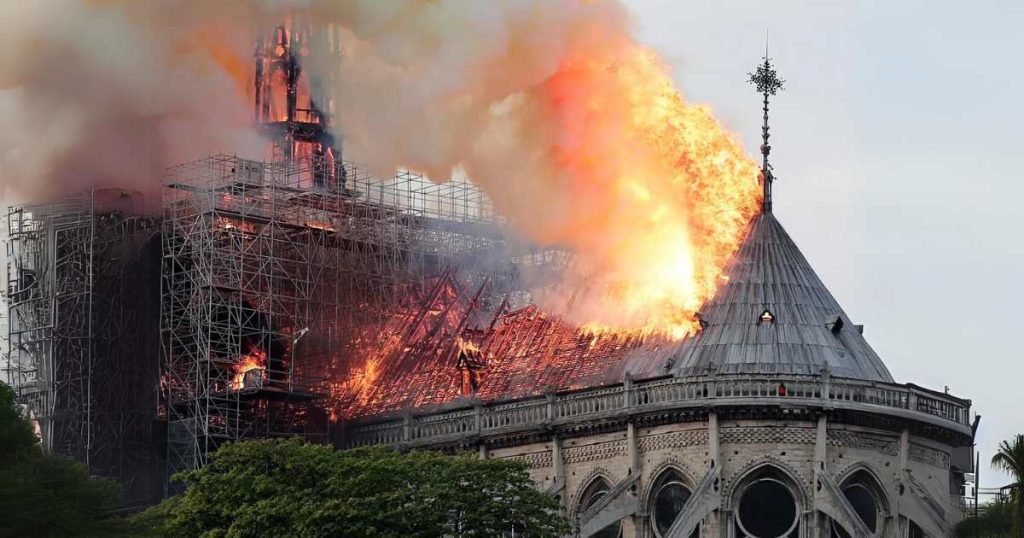
The 2019 fire at Notre-Dame Cathedral was a devastating event, but many important relics were saved. Among the most notable items that survived are the Holy Crown of Thorns, a piece of the cross, and a nail from the Passion of Christ. These relics are considered priceless and hold immense religious significance.
Additionally, the famous crucifix remained standing amidst the rubble, symbolizing hope and resilience for many. The cathedral’s imposing bell towers and its beautiful rose windows also survived the blaze, much to the relief of historians and art lovers.
Standing amongst the rubble, a cross was left standing, unharmed from the blazes. For religious and some non-religious people, the message of hope was not lost.
Interestingly, even the bees atop Notre-Dame Cathedral survived the fire, showcasing the resilience of life even in the face of disaster.
9. French-Gothic Architecture
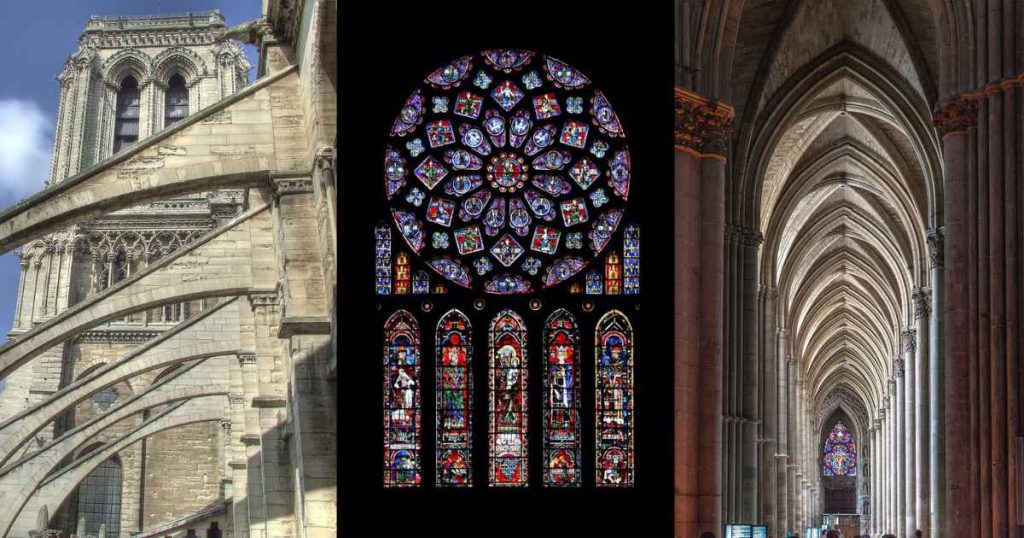
Notre-Dame Cathedral stands as one of the most notable examples of French-Gothic architecture. This style, which flourished in France during the High and Late Middle Ages, is characterized by its pointed arches, ribbed vaults, and flying buttresses. These elements not only add to the aesthetic appeal but also provide structural support, allowing the walls to be thinner and the windows larger.
The cathedral’s design includes several key features typical of French-Gothic architecture:
- Pointed Arches: These arches are more stable and can support more weight than the rounded arches of Romanesque architecture.
- Ribbed Vaults: These intersecting stone ribs support the roof and allow for more complex and higher ceiling designs.
- Flying Buttresses: These external supports transfer the weight of the roof and upper walls away from the building, enabling the inclusion of large stained glass windows.
Notre-Dame is not just a church; it is a masterpiece of medieval engineering and artistry, embodying the ingenuity and creativity of its time.
Among the most notable examples of this architectural style are other great Gothic cathedrals of France, including Reims Cathedral, Chartres Cathedral, and Amiens Cathedral.
10. Materials Used in Construction
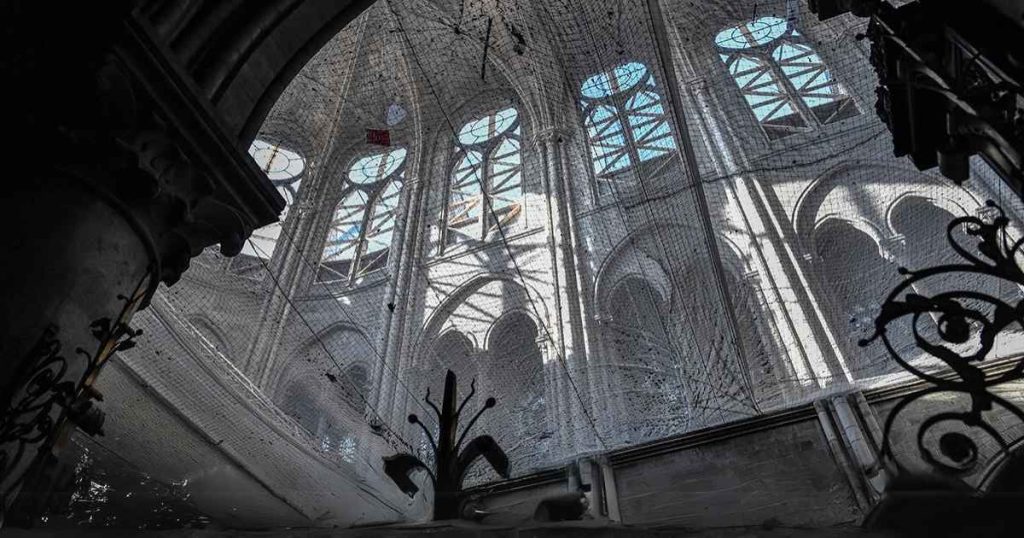
Notre-Dame Cathedral is a marvel of medieval engineering, built with a variety of materials that have stood the test of time. The primary material used in its construction was limestone, sourced from quarries in the Paris Basin. This stone was chosen for its durability and ease of carving, making it ideal for the intricate designs seen throughout the cathedral.
Another significant material used was wood. The roof frame, known as “the forest,” was constructed using over 1,000 oak timbers. These timbers were carefully selected and test-fitted at workshops before being assembled on-site. This meticulous process ensured the stability and longevity of the roof structure.
Iron also played a crucial role in the cathedral’s construction. Iron clamps and supports were used to reinforce the stonework, providing additional strength to the towering walls and arches. It’s possible that the success of iron structural support in Notre-Dame inspired its more extensive use in subsequent Gothic cathedrals.
The combination of these materials—limestone, wood, and iron—created a structure that has not only survived centuries but also withstood the devastating fire of 2019. The remains of Notre-Dame de Paris have been entirely digitized by researchers, ensuring that this iconic monument can be studied and preserved for future generations.
Construction projects rely on a variety of materials, each chosen for its unique properties and benefits. From sturdy concrete to flexible wood, the right materials can make all the difference. Want to learn more about the best materials for your next project? Visit our website for detailed guides and expert advice.
Extra Information
28 kings lost their heads in the French Revolution

In 1793, amid the turmoil of the French Revolution, a mob used ropes to topple and decapitate 28 statues of biblical kings from the cathedral. That same year, King Louis XVI faced the guillotine, as did any symbols of the monarchy. The defaced statues were discarded in a heap, later to be reused as construction material upon the interior minister’s orders. It wasn’t until 1977, during renovations of the French Bank of Foreign Trade’s basement, that the heads of 21 kings were unearthed. Today, these relics reside in the nearby Musée de Cluny.
Napoleon and Victor Hugo played pivotal roles in saving Notre-Dame from ruin
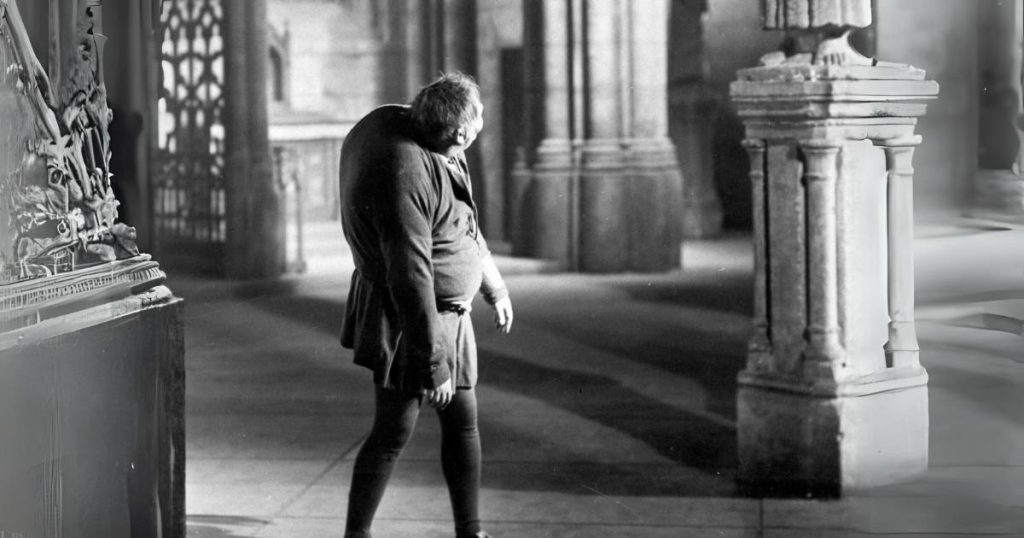
When Napoleon Bonaparte chose Notre-Dame for his 1804 coronation as emperor, the cathedral was in dire condition. Years of neglect and the ravages of the French Revolution had left it almost derelict, barely more than a warehouse. Napoleon’s decision to restore it to church use and host his grand self-coronation there brought Notre-Dame back into the limelight.
However, the coronation alone did not address the cathedral’s structural issues. It was Victor Hugo’s 1831 novel, Notre-Dame de Paris, that truly revived interest in the building. Using Notre-Dame as a symbol of France, Hugo’s book—often mistranslated as The Hunchback of Notre-Dame—highlighted the cathedral’s dilapidated state. Hugo’s poignant words captured the essence of its decay:
“But noble as it has remained while growing old, one cannot but regret, cannot but feel indignant at the innumerable degradations and mutilations inflicted on the venerable pile, both by the action of time and the hand of man, regardless alike of Charlemagne, who laid the first stone, and Philip Augustus, who laid the last. On the face of this ancient queen of our cathedrals, beside each wrinkle one invariably finds a scar. ‘Tempus edax, homo edacior,’ which I would be inclined to translate: ‘Time is blind, but man is senseless.'”
The novel’s success spurred a major restoration, led by architects Jean-Baptiste-Antoine Lassus and Eugène Viollet-le-Duc, bringing Notre-Dame back to its former glory.
All Roads Lead to Notre Dame Paris | Notre Dame de Paris
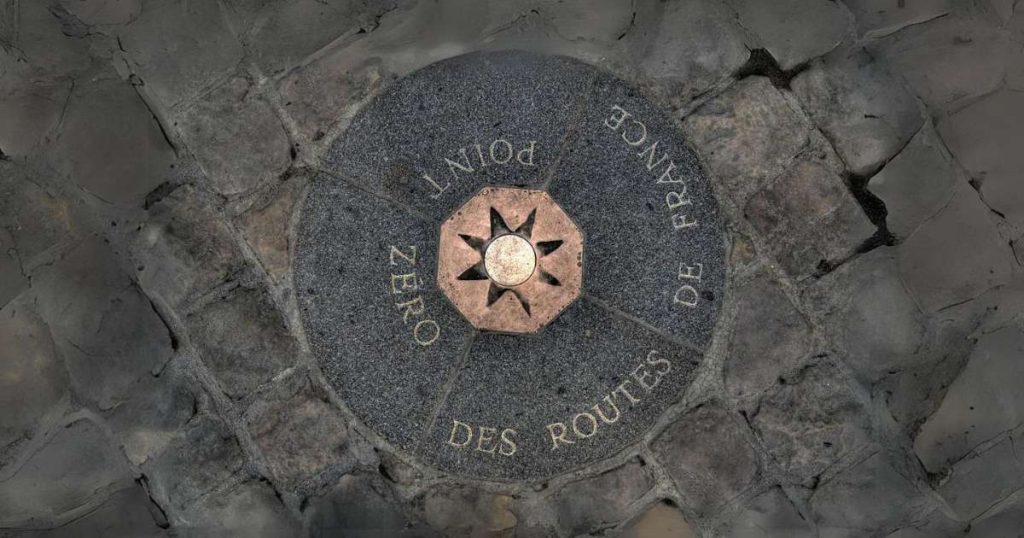
Amid the throngs of tourists swarming outside Notre Dame, a small circular marker with an eight-pointed bronze star lies quietly embedded in the cobblestones. This marker, inscribed with the words “Point zéro des routes de Paris,” designates the spot from which all distances to Paris from other cities are measured. Installed in 1924, it was briefly moved in the 1960s for underground parking construction. However, those plans were halted when the archeological site mentioned above was discovered.
Conclusion
Notre-Dame Cathedral stands as a testament to human ingenuity, faith, and resilience. From its towering spires to its intricate stained glass windows, every part of this iconic structure tells a story of dedication and craftsmanship. Despite facing numerous challenges over the centuries, including the devastating fire of 2019, Notre-Dame continues to inspire awe and admiration. As efforts to restore and preserve this historic landmark move forward, the cathedral remains a symbol of hope and perseverance for people around the world. Whether you’re drawn to its architectural beauty, its rich history, or its cultural significance, Notre-Dame Cathedral is truly a marvel worth exploring.
Frequently Asked Questions
What does the name ‘Notre-Dame’ mean?
‘Notre-Dame’ translates to ‘Our Lady’ in English, referring to the Virgin Mary.
How tall are the towers of Notre-Dame Cathedral?
The twin towers of Notre-Dame are about 69 meters tall, which is around 226 feet.
How many trees were used to build the roof of the cathedral?
Approximately 1,300 trees were cut down to construct the roof of Notre-Dame Cathedral.
Are the towers of Notre-Dame Cathedral the same size?
No, the towers are not the same size. One tower is actually larger than the other.
Do the bells of Notre-Dame have names?
Yes, each bell in Notre-Dame Cathedral has its own specific name.
How long did it take to build Notre-Dame Cathedral?
The construction of Notre-Dame Cathedral took almost 200 years, from 1163 to 1345.
How many people visit Notre-Dame Cathedral each year?
Around 13 million visitors come to see Notre-Dame Cathedral every year.
What relics survived the 2019 fire at Notre-Dame?
The Crown of Thorns and the tunic of Saint Louis were among the relics that survived the 2019 fire.

